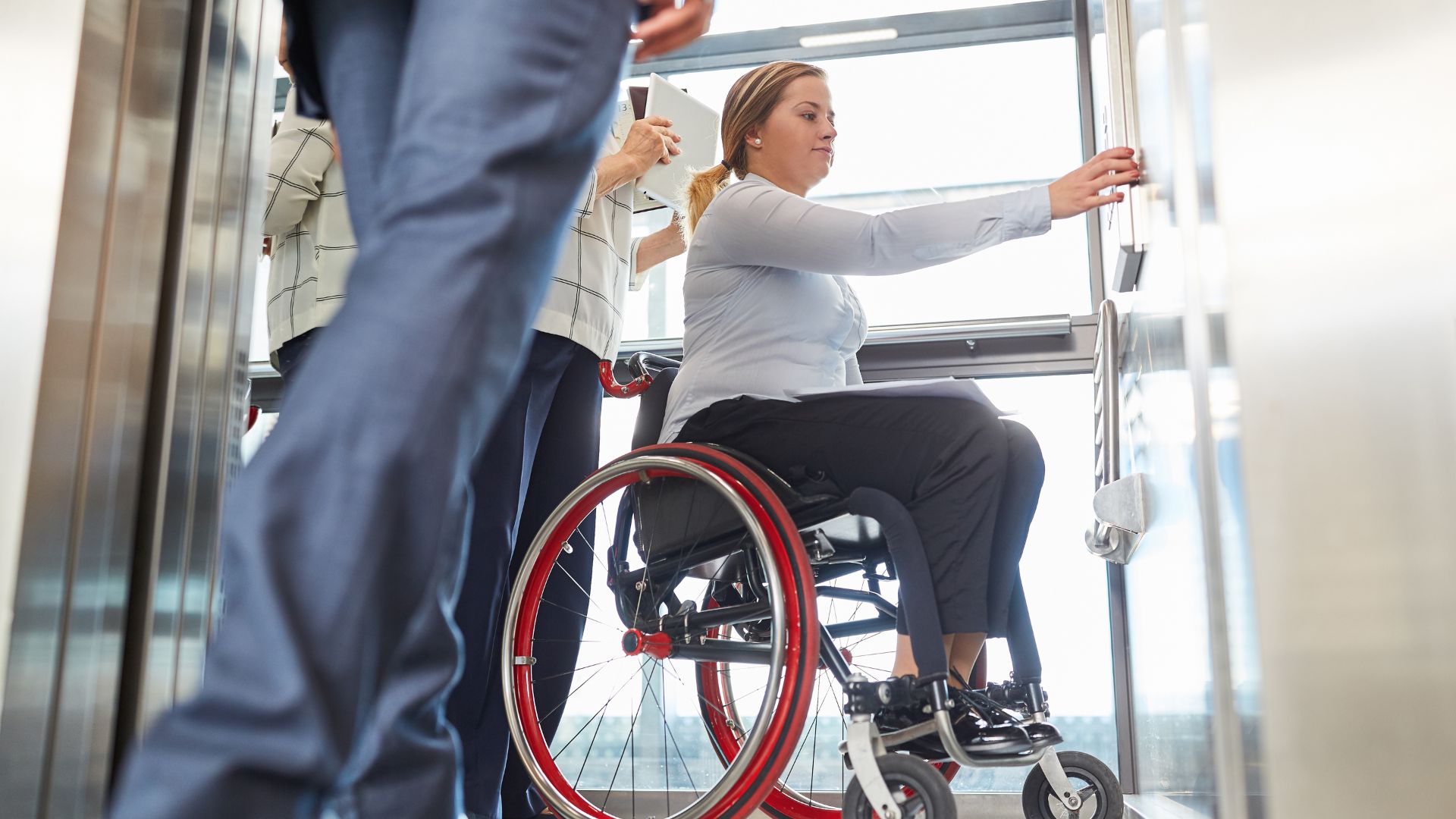What do self-driving cars, elderly people and elevators have in common?

What do self-driving cars, elderly people and elevators have in common? Maybe more than we think. In an expose by Dan Wang from Columbia Business School, there seems to be a proven and historical path forward for societal acceptance of autonomous cars.
In the early 1900s, all elevators had a person inside that operated the elevator. There was a lever that a person pulled that brought you up and down. You would not dare to step into an elevator unless it had an operator but the thing is the elevator industry was already incredibly advanced when it came to technology. It already had the technology to automate the elevator and all it was a system of buttons that we now ultimately use.
The question is well how did they convince the entire market to abandon the “lift person” and overcome the fear of the operator-less elevator. They came up with a clever playbook which comes down to three steps:
- They made sure that the elevators felt physically welcoming. The elevator industry made sure that the elevators had comfortable seats so that when you step into an elevator you would feel physically welcomed.
- They went on a huge marketing campaign that deployed the elderly as well as young children as actors to step into elevators. In these ads, they wanted to show that even the most vulnerable members of society would not be afraid to enter elevators
- They added an emergency stop button. Everybody knows that if you enter an elevator you should never hit that button. They added it because they knew that they had to overcome a psychological fear of the loss of control. So adding this red button ultimately gave humans in the elevator a sense of control and ultimately people began to adopt operator-less elevators.
Autonomous vehicles will be a boon to those underserved transportation populations such as the elderly, special needs, and disabled but these groups maybe the key to unlocking this benefit for all.
Recent Comments